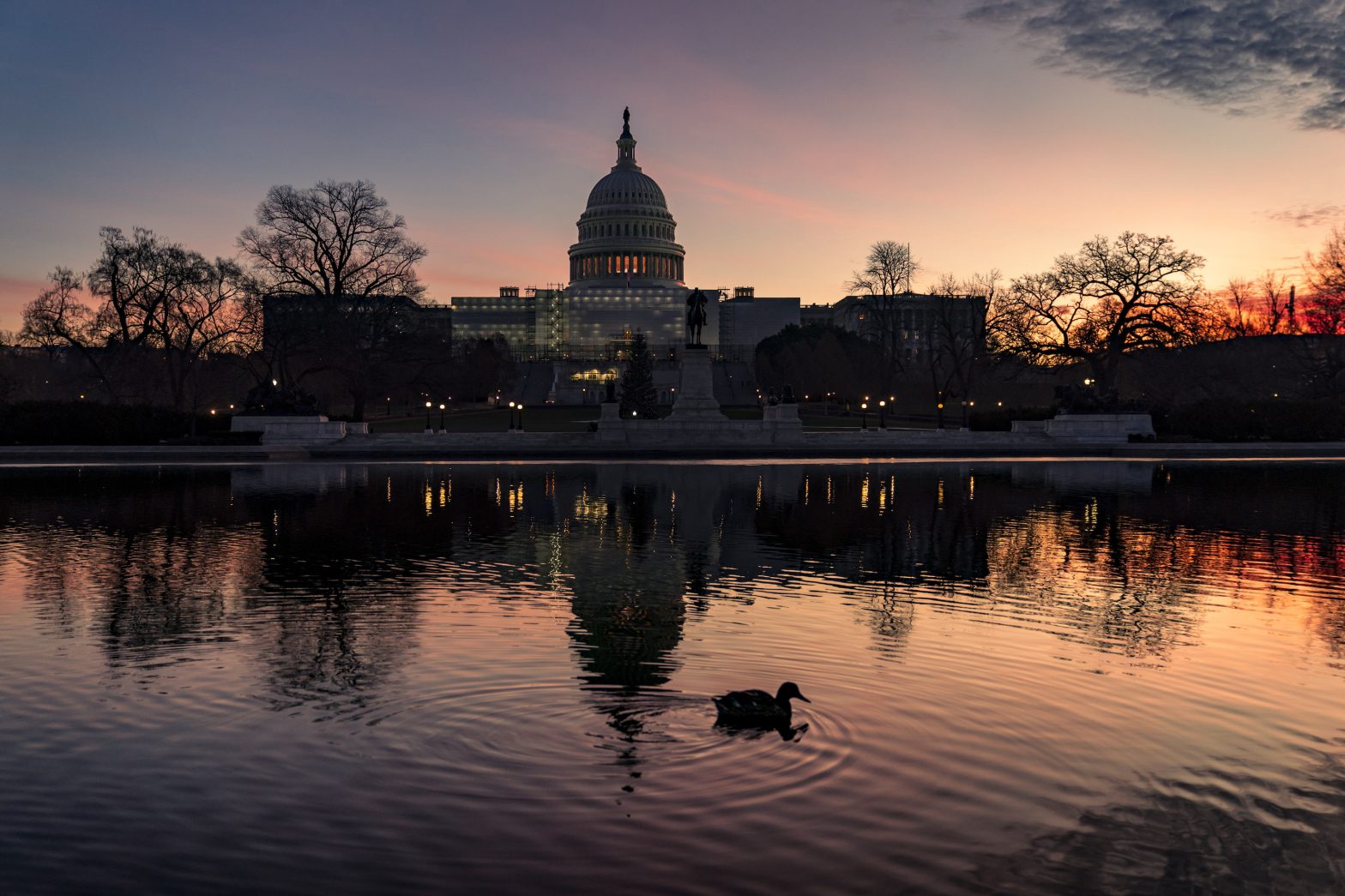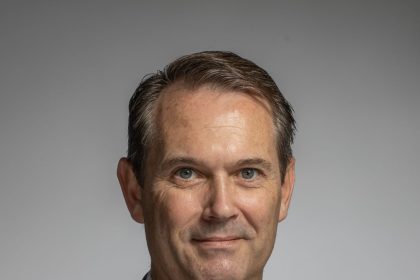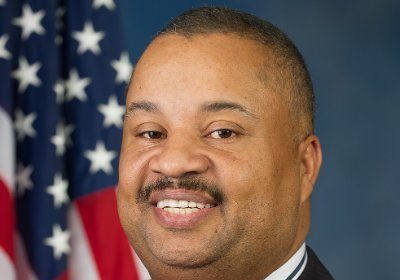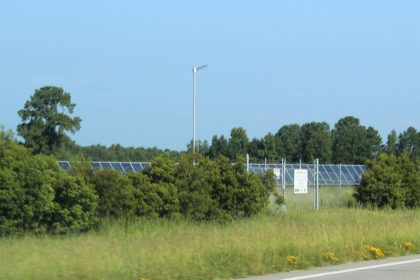Congress Makes Another Effort at Stopping Rise in White Extremism

WASHINGTON — A congressional panel heard more evidence Tuesday of what the Department of Homeland Security has been saying with greater urgency in recent weeks, namely that White extremism is increasing threats of domestic terrorism.
Rep. Jamie Raskin, D-Md., called White extremism “a traditional and pernicious enemy” of American society during the hearing of the House Oversight and Reform Subcommittee on Civil Rights and Civil Liberties.
The hearing is one of several in Congress that drew inspiration from the Jan. 6, 2021, attack on the Capitol intended to block the election of Joe Biden as president.
Despite the fact the Justice Department is prosecuting more than 900 people who participated in the attack, “The threats have not subsided and are very much still with us today,” said Raskin, who chairs the subcommittee.
Much of the threat is directed at the LGBTQ, Black, Jewish and immigrant communities, according to a subcommittee memo.
Raskin mentioned as an example a gunman who killed 10 people and wounded three in May during a racist attack at a Buffalo, New York, grocery store in a predominantly Black neighborhood.
More recently, police in Moore County, North Carolina, are blaming domestic extremism for damage to a power station that left thousands without electricity for days last week. Someone fired bullets into key components of the power station, apparently in protest of an LGBTQ rally being held about the same time.
“We are living through an onslaught of such violent threats and attacks,” Raskin said.
Now lawmakers want to figure out what they can do about it.
The Biden administration is pursuing a counterterrorism strategy that includes what it calls Targeted Violence and Terrorism Prevention grants. They fund a variety of state and local programs intended to prevent violence.
Examples include equipment and training for police as well as public awareness campaigns about domestic terrorism.
In September, the Department of Homeland Security announced $20 million in grants to counter violent extremism for 43 communities. The agency also assigned 100 Protective Security Advisors to monitor and counter threats of cyberattacks.
The FBI has doubled the number of its agents investigating civil unrest that could lead to violent extremism. The FBI reports that 90% of its investigations into anti-government activity focus on domestic extremism, much of it from White supremacists.
Some witnesses at the congressional hearing questioned whether the strategies are adequate for the evolving threats.
Mary McCord, a Georgetown University law professor, told the subcommittee that White extremists are moving from splinter groups known for rabble-rousing to infiltration of government power.
“Since Jan. 6, militia members and other extremists have adopted a decentralized strategy, focusing on local politics,” McCord said.
By seizing influence over local governments, they also are becoming more effective in promoting their extremist ideology, she said.
“Consistent with this strategy, militia extremists have run for local and state elected offices and signed up as poll workers and precinct chairs,” McCord said. “They have orchestrated recall elections to replace moderate Republicans with election deniers and anti-government extremists. They have ingratiated themselves with elected state and federal officials who seek short-term political gain over long-term preservation of democratic processes.”
Oren Segal, vice president of the Anti-Defamation League’s Center on Extremism, said intimidation of local officials by White extremists also influences government policies.
A recent Anti-Defamation League and Princeton University study showed that “threats to and harassment of local officials present a significant challenge to American democracy by discouraging civic engagement, undermining the work of public servants, and creating unprecedented stress on the cornerstones of democratic society including elections, education and public safety processes,” Segal said in his testimony.
Much of the intimidation is targeted at local officials in swing states, where it is most likely to create national repercussions, he said.
Tom can be reached at [email protected] and @TomRamstack






















